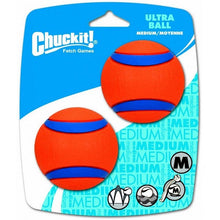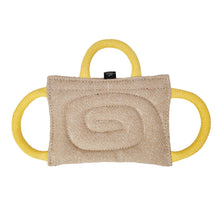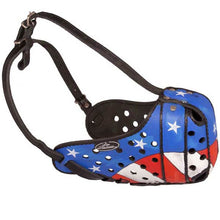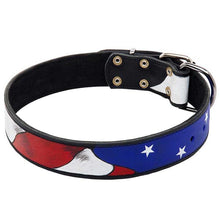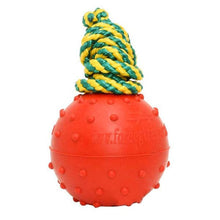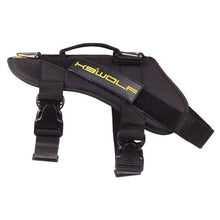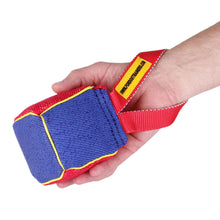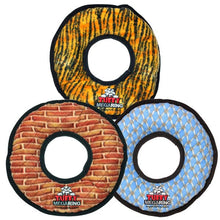New Procedure May Help Increase Survival Rates In German Shepherds That Bloat
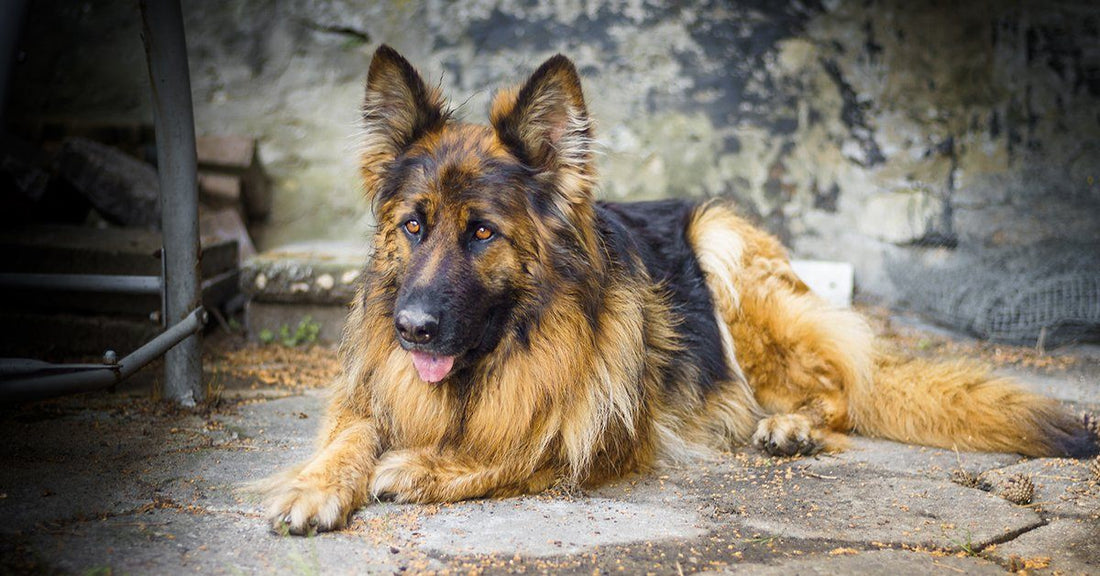
Bloat is one of the mothers of all dog emergencies. Aside from having your German shepherd suffer a massive trauma, collapse, or severe poisoning, it is on the top of the list for panic induced runs to the closest veterinary emergency hospital.
What is bloat in dogs?
Bloat, also known as gastric dilatation and volvulus, or GDV, is always an emergency. According to the Canine Health Foundation:
“Bloat occurs when a dog’s stomach becomes dilated and distended due to an accumulation of gas or fluid (dilation) and then rotates around its small axis (volvulus), trapping the gas or fluid inside. Dilatation without volvulus (simple bloat) can also occur separately. While still causing clinical signs of bloat, dilatation without volvulus is more straightforward to treat.”
Deep chested dogs, such as German shepherds, are at the highest risk for bloat. In fact, according to Jerold Bell, DVM, of the Cummings School of Veterinary Medicine, German shepherds present with bloat more frequently than any other breed. The mortality rate ranges from 10% to 50%, depending on a variety of factors such as how quickly the animal reaches an emergency room that can treat them.
It is reported that approximately 30% of dogs that develop bloat will die or have to be euthanized. Because bloat can progress so rapidly, time is of the essence when obtaining medical care and should be received as soon as possible, within an hour or two of the onset of symptoms.
Bloat symptoms in dogs
The symptoms of bloat include:
- Abdominal pain
- Restlessness
- Pacing
- Panting
- Standing with a hunched back
- Swollen abdomen
- Drooling
- White foam or yellow mucus
- Unable to vomit or belch
- Pale gums
- Shortness of breath
- Dilated eyes
- Obvious distress
- Hypothermia
- Weak, rapid pulse
- Lethargy
- Collapse
Treatment for bloat
When a dog with bloat reaches the emergency room, typically x-rays or other diagnostic tests are taken to ascertain if the dog’s stomach has twisted (torsion). Dogs will also receive treatment to help control the symptoms of shock and control any heart arrhythmia.
If the dog’s stomach has not twisted, the current standard of treatment begins with decompression to alleviate gas pressure in the stomach and hopefully prevent twisting. This procedure is done via a stomach tube or hypodermic needle. The drawback of this in saving lives has been that it is sometime only temporary and the stomach refills with gas.
If the dog is found to be suffering from torsion, emergency surgery is required to save the dog’s life. The successful outcome of the surgery will depend on how quickly the gas in the stomach was decompressed and how much damage there is from the blood supply being cut off from vital organs and tissues.
New decompression treatment to help more dogs survive
Decompression is one of the most important aspects to treating bloat. Some veterinarians are now using a gastronomy catheter (G-cath), in a technique adapted from human medicine to help stabilize dogs and keep their stomach decompressed while they await emergency surgery. The procedure is the result of a two year study on how to sustain decompression in dogs with bloat.
“We wanted to examine the minimally invasive G-cath for its ability to immediately and continuously alleviate gas distention in the stomach of bloat patients,” Dr. Fox-Alvarez says. “Going into the study, we knew it was quick to perform — under 4 minutes. We also knew from a pilot study that it proved successful at providing continuous gastric decompression. For dogs in which surgical delays are unavoidable, this potentially would be ideal to sustain their decompression…. We observed in a hospital how doctors gain access to the stomach of humans in a minimally invasive manner. We borrowed from them and applied their techniques.””
Veterinarians have high hopes for the new G-cath method, which also involves creating a temporary gastropexy by attaching the stomach wall to the body wall so it doesn’t move or fall away as the stomach decompresses and shrinks. This allows for more time to treat and less injury to the dog.





